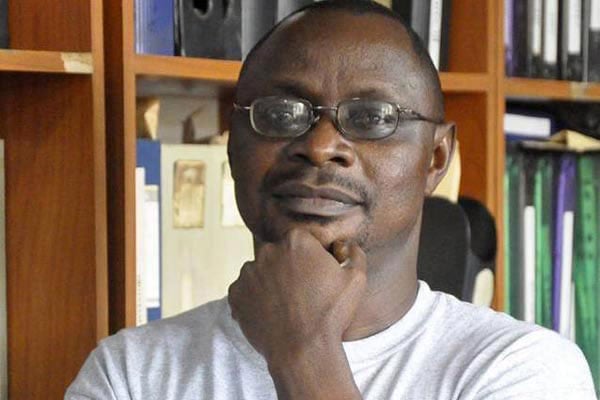East African regional force begins withdrawal from DRC

Kenyan soldiers from the East African Community regional force (EAC-RF) board a plane to leave the Democratic Republic of Congo at Goma airport on December 3, 2023. Photo | AFP
What you need to know:
- The regional bloc first deployed troops in the violence-plagued region in November last year after the resurgence of the M23 rebel group.
- DRC authorities at the time invited the EAC to deploy its forces to free the areas taken by the rebels.
The East African Community (EAC) regional force began its withdrawal from the Democratic Republic of Congo on Sunday morningafter Kinshasa deemed it ineffective and refused to renew its mandate.
The regional bloc first deployed troops in the violence-plagued region in November last year after the resurgence of the M23 rebel group.
DRC authorities at the time invited the EAC to deploy its forces to free the areas taken by the rebels.
But the future of the deployment was thrown into doubt after DR Congo President Felix Tshisekedi accused the force of cohabiting with the rebels rather than forcing them to lay down arms.
Following a summit on 25 November, the EAC announced that the DRC "would not renew the mandate of the regional force beyond 8 December 2023".
A first group of around 100 Kenyan soldiers from the regional force -- which also includes Ugandan, Burundian and South Sudanese soldiers -- left from Goma airport bound for Nairobi, according to a spokesman for the force on the ground who did not provide more detail on further withdrawals.
AFP journalists saw their plane taking off shortly after 05:00 am (03:00 GMT).
But fighting continues between the M23 group and the DRC army, supported by militia who call themselves "patriots".
On 24 October, a Kenyan soldier from the regional force was killed by shrapnel.
December elections
Numerous armed groups and other militias have been active for three decades in the east of the DRC, a legacy of the regional wars that broke out during the 1990s and 2000s.
The UN stabilisation mission to the DRC, MONUSCO, has been present in the country since 1999, in addition to the EAC's force.
But it has also been accused of ineffectiveness, with Kinshasa calling for its "accelerated" departure from January 2024.
MONUSCO comprises around 14,000 peacekeepers, deployed almost exclusively in the east of the country.
General elections are scheduled for 20 December in the DRC, a vast country of around 100 million inhabitants.
President Felix Tshisekedi, in power since 2019, is standing for a second five-year term.
But due to the ongoing fighting against M23, the elections will not be able to take place in two territories in eastern DRC's North Kivu province.
Tshisekedi is counting on security forces from the Southern African Development Community (SADC), to which the DRC also belongs, to replace the EAC.
But the creation of a SADC force, which has been mooted since May, has so far failed to materialise.
Since the end of 2022, around a thousand former European soldiers, presented by Kinshasa as "instructors" and split between two private companies, have also been present in North Kivu.
DRC authorities also claim that the national army is in the process of building up its strength, with the aim of defending the territory itself and protecting the country from its neighbours.





